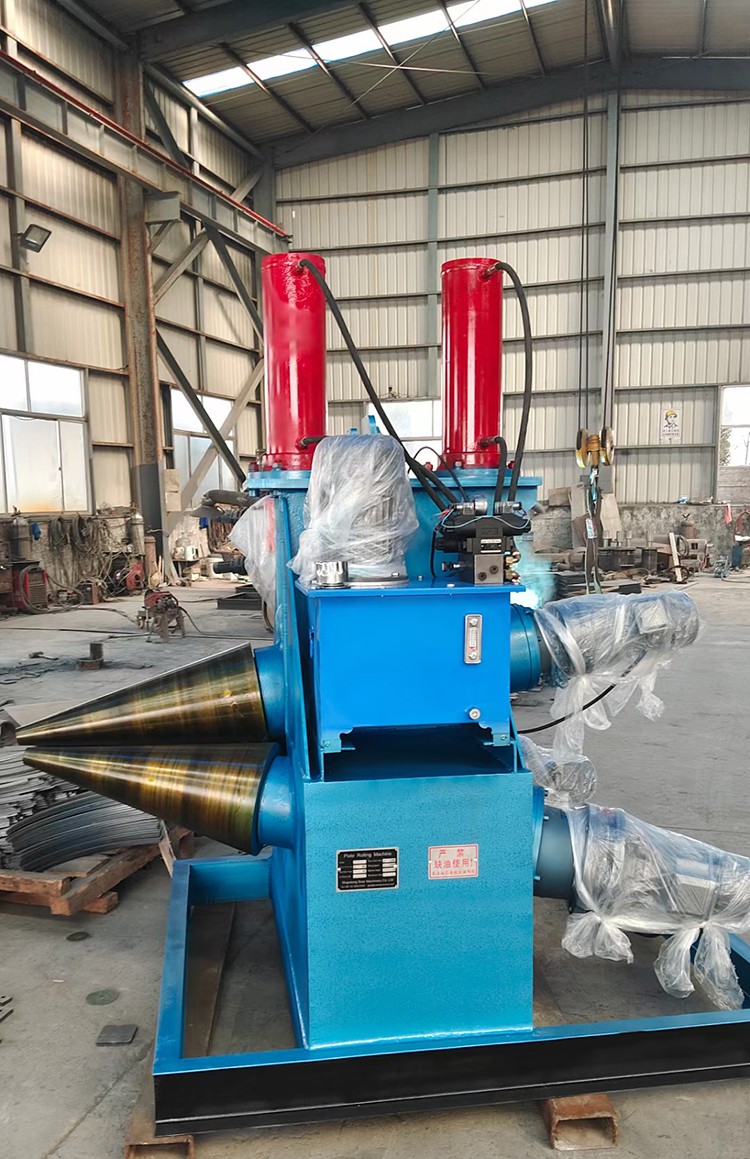

We are a professional cone rolling machine manufacturer with over 10 years of industry experience. Today, we would like to introduce you to the quick way to adjust the cone rolling machine of your cone rolling machine:

Cone rolling machine is a special equipment used to make conical cylinder, and its processing accuracy directly affects the molding quality of the workpiece. In actual production, due to changes in process requirements or material properties, taper parameters often need to be adjusted. Quickly and accurately adjust the cone rolling machine, both to improve production efficiency, but also to reduce the scrap rate. This article will introduce several common adjustment methods, and explain the main points of operation.
1, Preparation before adjustment
Before adjusting the taper, make sure the equipment is in safe condition. Firstly, stop the machine, check whether the rollers, guiding device and transmission system are normal. Confirm the thickness, material and target taper value of the plate to be processed, and prepare the measuring tools, such as angle ruler, caliper or laser detector. If the machine adopts CNC system, check the program parameters in advance to avoid misoperation.
2, Taper Adjustment of Mechanical Cone Rolling Machine
Mechanical cone rolling machine usually change the cone rolling machine by adjusting the tilt angle of the upper or side rollers. The specific steps are as follows:
Loosen the locking mechanism: Find the adjusting bolts or hydraulic locking devices at both ends of the roller, loosen the fixing nuts first so that the roller can move freely.
ChanAdjust the angle of the rollers: According to the target taper, ge the height of one side of the rollers manually or with the help of the adjusting screw. For example, if you need to increase the taper, you can make one end of the upper roller higher, and keep the other end in the original position to form an inclined state.
Symmetry adjustment: If the equipment adopts double-roll tilting structure, it is necessary to ensure that the adjustment amount is the same on both sides, to avoid asymmetry leading to the deviation of the plate.
Test roll measurement: After adjustment, use small pieces of scrap test rolls to measure whether the taper meets the requirements. If the deviation is large, it is necessary to fine-tune the angle of the rollers until it reaches the expected value.
3, Hydraulic or CNC Cone Rolling Machine Taper Adjustment
Adjustment of hydraulic or CNC cone rolling machine is more convenient and is usually realized by entering parameters in the control panel or by adjusting the stroke of the hydraulic cylinder.
Parameter input method (CNC model):
Select “Taper Adjustment” mode in the control interface, and input the target taper value (e.g. diameter difference or angle value).
The system automatically calculates the roller position and drives the servo motor or hydraulic cylinder to adjust the roller tilt angle.
Start the test roll function, observe the molding effect, and fine-tune manually if necessary.
Hydraulic adjustment method:
Adjust the expansion and contraction of the hydraulic cylinder through the control valve to change the tilt of the rollers.
Use the digital display meter or sensor to monitor the adjustment amount to ensure synchronized changes on the left and right sides.
If the taper is found to be uneven after the test roll, the hydraulic pressure on one side can be adjusted individually to equalize the force on the sheet.
4, Common problems and solutions
Unstable taper: It may be caused by roller not locked or fluctuation of hydraulic system pressure. You should re-tighten the mechanical parts or check whether the hydraulic oil circuit is leaking.
Plate end wrinkle: usually caused by the roller angle is too large or uneven feeding speed. Can be appropriate to reduce the amount of taper adjustment, and adjust the feed roller pressure.
Large taper deviation: If the actual taper does not match the set value after the test roll, it is necessary to check whether the sensor is calibrated or re-measure whether the initial positioning of the plate is accurate.
5, Verification and optimization after adjustment
After completing the adjustment, small batch trial production should be carried out to ensure the consistency of taper. For workpieces with high precision requirements, 3D scanning or sample comparison can be used for inspection. If the same specification cone is processed for a long time, it is recommended to save the adjustment parameters for subsequent quick recall.
6. Influence of routine maintenance on taper adjustment
The degree of wear and tear of the equipment will affect the adjustment accuracy, so regular maintenance is required:
Check the roller bearings for looseness to avoid taper deviation due to clearance.
Clean the guide rails and screws to prevent debris from affecting the adjustment sensitivity.
Lubricate the hydraulic system to ensure stable pressure and avoid hysteresis during adjustment.
The key to quickly adjusting the taper of the cone rolling machine lies in understanding the structure of the equipment and mastering the adjustment of the mechanical, hydraulic or numerical control system. Through standardized operation and reasonable maintenance, the adjustment efficiency can be improved and the processing quality can be ensured. In practice, it is recommended to combine test rolls and measurements to gradually optimize the parameters in order to achieve the best molding results.
If you are interested in cone rolling machine, please contact us.
 Address:Room 1202, Detaitang Building, No. 118 Huaguang Road, Zhangdian District, Zibo, Shandong
Address:Room 1202, Detaitang Building, No. 118 Huaguang Road, Zhangdian District, Zibo, Shandong WhatsApp:+8615653328535
WhatsApp:+8615653328535 Wechat: +8615965331535
Wechat: +8615965331535  E-mail:zs@sdsmachinery.com
E-mail:zs@sdsmachinery.com